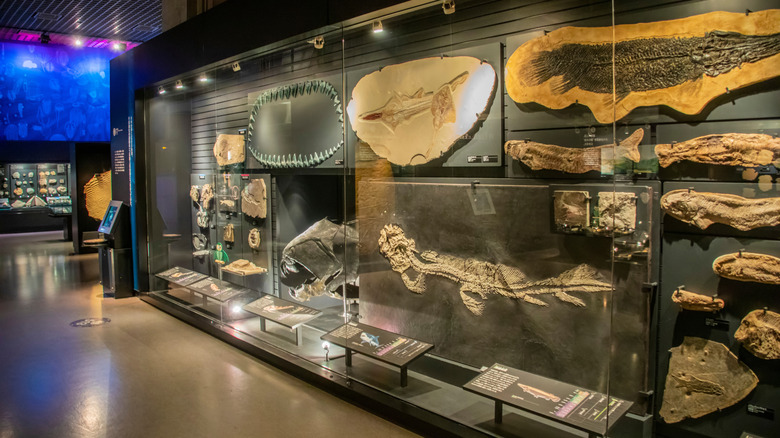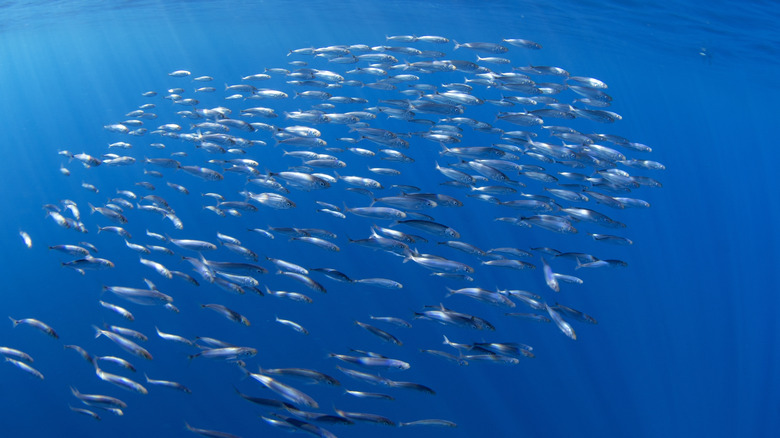This One Fossil Changed How Scientists Model The Evolution Of Fish
A study published in the Nature journal alters how the evolution of fish has been historically understood. Fossilized fish and other sea creatures have often been pivotal in new scientific discoveries, and this one is no different. The research brought together teams from the Canadian Museum of Nature and the University of Chicago for a fossil study of a jawless fish called Norselaspis glacialis.
Norselaspis glacialis is closely related to early jawed vertebrates. Through X-ray imaging, the researchers discovered that this ancient fish already had features originally thought to appear only after jaws evolved. This suggested that key developments in sensory abilities and movement came before jaws and not after, challenging the idea that jaws drove early evolution. Instead, researchers believe the jaws may have fully evolved later and built upon changes that already happened.
This research is important not only for understanding the evolutionary changes of fish and how those changes impacted aquatic ecosystems and the planet as a whole, but also for understanding human evolution. One of the study's scientific researchers, Tetsuto Miyashita, elaborated on this idea to the Canadian Museum of Nature: "These are the opening acts for a key episode in our own deep evolutionary history."
How the fish fossil was discovered
The preserved fossil used was originally found in 1969 in the Norwegian Arctic. At the time, however, it was just a sandstone block collected for paleontological purposes. When the sandstone was broken open 40 years later by the study's co-authors, Philippe Janvier and Pierre Gueriau, there was a fully preserved Norselaspis glacialis fossil inside. It was barely half an inch long.
After the discovery, the fossil was thoroughly scanned at the Paul Scherrer Institute in Switzerland to get a full anatomical breakdown. The fish was jawless, which surprised the team because the rest of its biology was built for high speeds; it had a highly tuned sensory system usually found in predatory jawed fish. This challenged previous assumptions about the biology of jawless versus jawed fish and how evolution occurred. Miyashita stated, "One might even say Norselaspis had the heart of a shark under the skin of a lamprey."
How does this impact our understanding of evolution?
This discovery clarifies the transition from prey to predator. The evolution of jaws didn't mean the fish instantly went from being a prey to a predator. Rather, it was a slower process. The first jaws were likely more effective just for sucking up food, rather than violent ambush attacks and quick, mortal bites. The research found that the nerve leading to the shoulder was completely separate from those going to the gills. This revealed that shoulders didn't develop from gills. Instead, shoulders evolved as a new feature, with the neck forming a boundary that separated the head from the body.
This is a twist in the story of human evolution. This finding reshapes the understanding of how key structures like the shoulders first developed. If shoulders didn't evolve from modified gill structures like previous theories suggest, then it means they likely emerged as entirely new features when early vertebrates began developing necks. This separation between the head and torso set the stage for the evolution of limbs.


